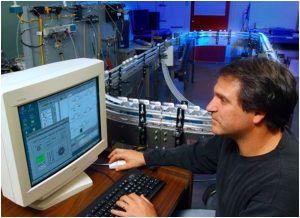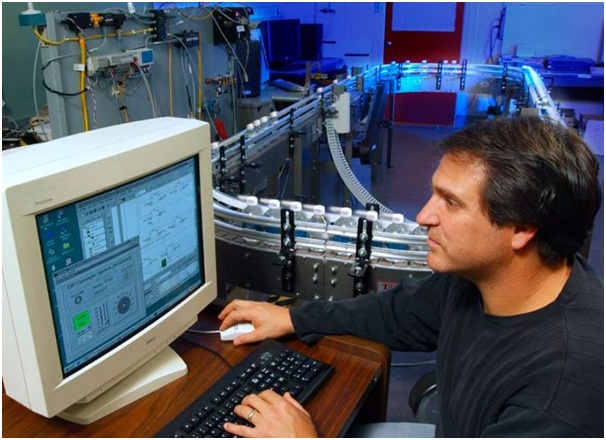
Maintaining Safe Electrical Control Systems Working Practices
As people with experience of electrical site work may be well aware, many electricians and electrical engineers regularly take risks when working on electrical control equipment. No one can deny that not following safety practices in electrical work is dangerous and can be lethal, so what can you do to maintain best practice on your site?
Surprising Statistics
In a survey carried out by the American-based Control Engineering magazine, almost all respondents affirmed that they regularly work on live electrical control panels, where personal protective equipment is required by safety legislation. Nearly 60 per cent, however, answered that they ‘never’ or ‘rarely’ wore the protective equipment required. Almost 90 per cent of respondents replied that they have the necessary safety equipment, and just below 70 per cent said that their employers require them to wear the gear when working on live electrical control components above 50V.
Legal Standards
Electrical work in the UK is subject to similar safety standards under a range of legislation, including the Health and Safety Act 1974, the Electricity at Work Act 1989 and the Provision and Use of Work Equipment Regulations 1998. The kind of equipment specified includes a full body suit and face shield. Respondents to the Control Engineering survey felt that the equipment was cumbersome and made it difficult to get the job done. In some instances, they argued that it made the job more dangerous, as the face shield reduces operator visibility and the suit restricts manual dexterity.
How can you reduce the hazards from arc flashes when working on systems provided by companies such as Osmelectrical electrical control components supplier? UK law requires that line electrical work is only carried out where it is unreasonable to cut off the electrical supply. As required by the Health and Safety Executive (HSE), a risk assessment should be performed when any danger could be encountered, but you could go a step further and carry out a specific arc flash calculation to determine the severity of the risk.
This allows you to more accurately conclude whether severing the power is ‘reasonable’ or not. Where it is unreasonable, the precise safety gear necessary for protection can be worn, as you will be aware of the amount of energy that could be released in the event of an arc flash.

Leave a reply